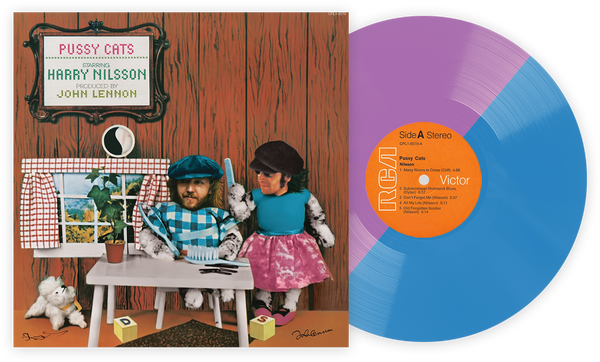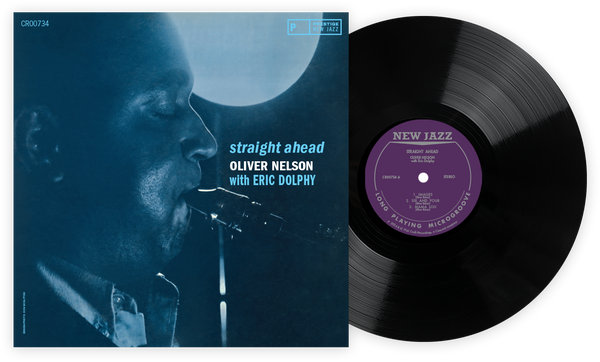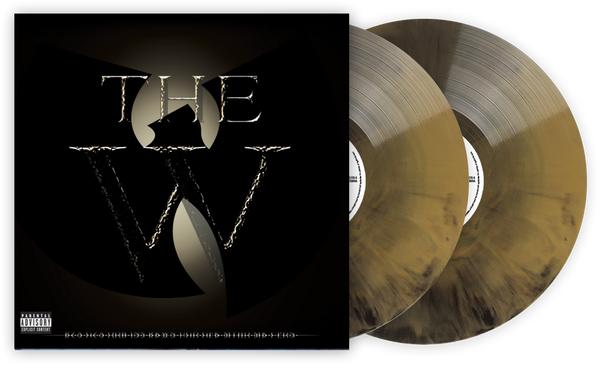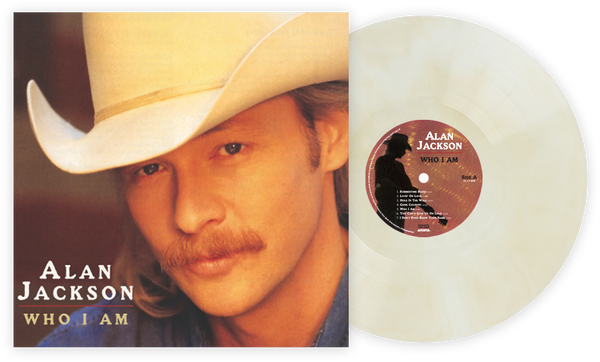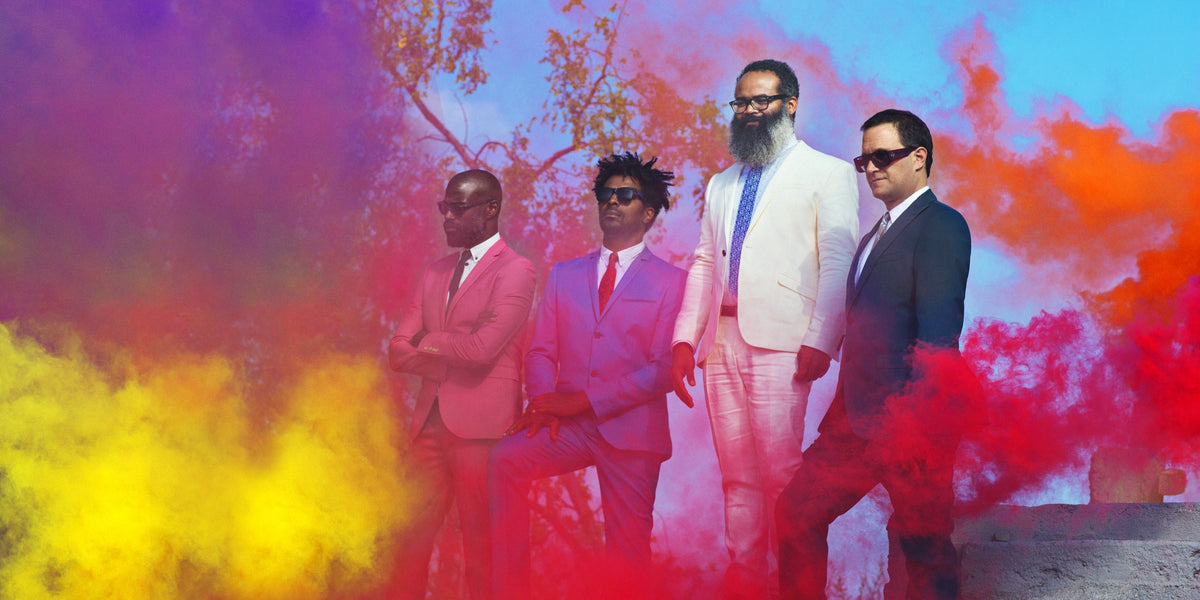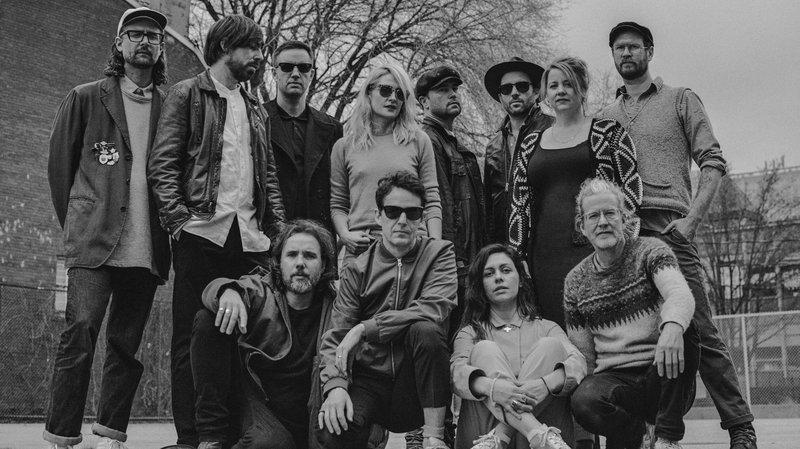An Inside Look at ‘The Lonesome Crowded West’
Behind the recording of the seminal Modest Mouse record from musician, engineer and producer Scott Swayze
It was the spring of 1997 in Olympia, Washington, when Modest Mouse arrived at our little recording studio to record a group of 17 songs, most of which became the album known as The Lonesome Crowded West. Seventeen consecutive days, banging out track after track. We’d recorded these guys many times before: We did This is a Long Drive for Someone with Nothing to Think About and numerous 7-inches here, but this time it was different.
Calvin Johnson, of K records, was enlisted to be a part of the process. Calvin had also recorded Modest Mouse in the past at his Olympia studio, Dub Narcotic Studio, and I worked with him on other recordings, so in many ways, we had all worked together before. Recording Modest Mouse was always exciting, and the songs seemed to develop very naturally, thanks to Isaac Brock’s seemingly endless creative drive and the band’s inherent ability to create great parts on the spot. I had seen this process happen before, but little did I know this album would ignite and make the impact it did. It remains a monumental accomplishment for the band. To me, it was a life experience like no other, and went far past the work of recording an album. I was also lucky enough to contribute guitar parts, and then tour with the band after the album’s release. It really blew my mind to be a part of it all during this important time in the band’s career.
I think it’s relevant to describe the space where we made the record. Moon Studios wasn’t an expensive, fancy-pants facility, but it had a cool vibe that people seemed to dig. It was a small converted retail space located at the west end of downtown Olympia. It sat two blocks from Percival Landing, the southernmost tip of the salty Puget Sound. As tides would come and go, so would blankets of clouds, fog and rain that seemed to take up permanent residency, with sun peeking through only occasionally. Sounds of seagulls were a constant, along with mechanical noise and banter from the tire shop just down the block. The streets of the small downtown area were lined with seedy dive bars leftover from the logging era, performance spaces, record stores, coffee shops and small restaurants. The town was really booming with life at this point in time, as the Olympia music scene was charged by events like the International Pop Underground festival and subsequent Yoyo A Go Go festivals, which all took place at the iconic Capitol theater. This excitement spilled into the nearby neighborhoods where basement shows were common and the ethic was very much DIY.
When you entered Moon Studios, the first thing you might think is that you just walked into a failing antique store. The walls of the studio were decorated with various old stringed things (gourd mandolins, violin bows, ukuleles, etc.) and art from the ’60s collected by the studio’s owner. Old lamps with beaded shades cast low light around the room. One wall featured tall, thick wood planks from a torn-down barn. We shared these walls with a comic book store on one side and a tarot reading room on the other. The gamers in the comic store always seemed to enjoy the music blasting through the walls and the owner was cool with us doing our thing. Not so much when it came to the tarot room that shared our control room wall — but whatever, that wasn’t going to stop us!
All of these businesses lived on the first floor of the Odd Fellows Lodge building and, unfortunately, those crotchety old wankers were our landlords and never took too kindly to what we had going on. There was a time they shut the power off to a session I was running mid-take! Fortunately, a band member who worked for the Kill Rock Stars label located in the same building had keys to the upstairs and was able to restore power at the breaker, after which we installed our own lock on the box. Apparently, that was the last straw, as we were evicted a few weeks later. It could be madness at times (or maybe subtly controlled chaos), but we had a decent room and many fantastic recordings were captured within those walls.
We recorded primarily with vintage analog equipment; a 1969 3M M-56 16-track tape deck was our machine, and it was paired with an early ’70s Collins 24-channel console. Fable has it that this console once belonged to Ike and Tina Turner. I’ll leave it up to you to decide whether that’s a good or bad thing. We had a great collection of vintage preamps and compressors by RCA, Ampex, UREI, Telefunken, Neve and others. Many of these units were tube and sounded very ’50s-’60s. For the LCW sessions, Calvin brought his collection of vintage mics along as well, giving us more tonal options. And speaking of tone, every time I’d apply EQ to a channel, Calvin would set it back to zero after I walked away. He really wanted the mics to do the job. For example, the drums weren’t necessarily close-mic’d. The mics were set up around the drums where we thought they sounded best and worked well with the other mics and the room itself. Calvin’s approach to recording is unconventional, and he showed up every day with an infectious positivity and enthusiasm that definitely helped us navigate the long days that we faced.
There was no mix automation with our setup, which means every mix was a performance. There were pieces of masking tape all over the console with scribbled directions to punch a send in or out, turn a fader up or down or sweep the delay lever on the Echoplex tape-echo machine, all in real time. Oftentimes, several people were needed during the mix process, and it was usually band members lending a hand, literally. It wasn’t uncommon to see five people huddled around the board helping out, and when it was clear we got it, the room would erupt with cheer and relief.
Earlier Modest Mouse recordings done at Moon explored some of the sonic possibilities a studio can provide, such as backwards sounds, added ambience and effects. We approached The Lonesome Crowded West differently. It is a raw rock record; a snapshot of the band at that point in time, with minimal embellishment. We set up the mics and caught the basic tracks, then overdubbed vocals, guitar and guest musicians. The entire band played in our main room, and we used acoustic baffles to get the best isolation we could for the guitar and bass amps. The band recorded live, with the bass and guitar tracks used in the final mixes. It could be challenging at times, but the goal was to capture the energy of the live take. At one point, before recording “Long Distance Drunk,” Jeremiah Green said he had grown tired of natural acoustic drum sounds. We messed around a bit, but ended up going with the trick George Martin used on Ringo’s drums: laying tea towels over the drum heads to give them a muted sound. When it came time for vocals, I believe we used a Neumann U 87 as our main mic, but also placed a mic in the tile bathroom next to the main room. It acted as a distant echo mic and can be heard on “Trailer Trash” and other songs. Other than that, the sounds were captured the way they came from the source.
At one point after we started mixing, we determined that we needed a violin on a couple tracks. I mentioned a guy named Tyler Reilly that I knew in Seattle and quickly got him on the phone. He caught a bus down to Olympia that afternoon, cut his tracks in only a couple hours and then caught the next bus back to Seattle. Tyler went on to contribute violin parts to The Moon & Antarctica and played with the band for a stretch. Another time, I was sitting on the couch by the console, listening to a playback of “Heart Cooks Brain.” I had a guitar in my lap and started to play a repeating three-note phrase, almost unconsciously. Isaac turned and said something like, “What is that you’re doing? We need that in the song!” Next thing I know, we’re recording the part. What I’m saying here is that there was no shortage of spontaneous moments during the recording of this record. There were also planned contributions such as Kento Oiwa’s turntables, Dann Gallucci’s guitar and Nicole Johnson’s backing vocals.
For the recording of The Lonesome Crowded West, the days were long, pushing 10-12 hours per session. We would typically start around 11 a.m. and wrap it up around the same time in the evening. From there, it was Ben Moore’s or King Solomon’s Reef, or there was this cool dance club with an underground vibe and alley entrance a few blocks away where we ended up several times after shutting things down in the studio. It was a staple hangout spot for many involved in the Olympia music scene and a great place to let off steam after a day of recording. Yes, Isaac Brock, myself and whoever else happened to be with us cut the fucking rug a few times, if I do say so.
And yeah, people noticed! During the day, we walked around town a lot. There was a guy filming some of the sessions, and he would tag along to get footage and seemed to like getting Isaac out of the studio. There was a tiny store squeezed between a couple office buildings a couple blocks up on Capitol, for smokes and stuff. It was a frequent destination and a brief escape from the spinning reels of the studio. Overdubbing vocals on that many songs is an arduous task for the performer and engineer alike. It’s a lot of fast forward and rewind to get parts down on tape. Lots of, “So which line do you want me to back up to?” I recall losing my mind after a few days of it, and Calvin calmly suggesting I take a little time to get some air. Always remember to do that.
What really stands out to me about The Lonesome Crowded West is this journey it takes you on. Less like a concept album and more like a road trip soundtrack. It meanders between feelings of grinding teeth and soothing calm, love and heartache, hope and despair, with the mood and emotion shifting like tumbleweeds on a gusty day. The words really make you think, with riddle-like complexity at times. It hits right from the start of the record: “From the top of the ocean, yeah, from the bottom of sky, goddamn, can I get claustrophobic, I can, you know that I can.” Then euphoric simplicity like, “Standing, in the tall grass, thinking nothing,” while an echoey and sparse guitar line winds along. The questioning of being and purpose, religion, capitalism, the greed-driven destruction of nature, the relentless push of urban sprawl into once-beautiful places, love and self-doubt — all of it seems to appear in the lyrics. It’s all things that were happening around us at the time. Seattle was expanding and Issaquah, Washington, where the band is originally from, was being absorbed into the blob. It’s all there in the music.
The first time these guys showed up at our studio to record, they were still in high school. To be that young and have so many people wanting a piece of your life would be really difficult at that age — the challenge of managing success in music, while simultaneously becoming an adult. At the time, it seemed like Isaac was pushing back against these pressures and made sure he could do things his own way. Long, meandering songs that don’t fit any traditional pop format are something I love about Modest Mouse, and it’s their sharp sense of dynamics that make the songs breathe with life. The songs aren’t technically perfect, they’re wild and natural, and there was very little attempt to cover up minor flaws with recording tricks. To me, there’s an endearing honesty and authenticity inherent to this album that doesn’t exist in a lot of popular music. It’s similar to a piece of beautiful framed art, sculpture or metalwork that is obviously handmade, due to the fact that it exhibits noticeable imperfections. Perfectly imperfect: The Lonesome Crowded West.
Scott Swayze is a musician, engineer, producer and coppersmith from Olympia, Washington. He worked at Moon Studios in Olympia from 1996 until 2001, recording albums for the labels K, Up, Kill Rock Stars, Suicide Squeeze, Die Young Stay Pretty and many others. In 2008, Swayze restarted Moon Studios and recorded indie rock bands in Olympia, and then in Portland, Oregon after a move in 2009. He also worked for, and then took over ownership of, Evergreen Studios, a high-end, hand-hammered copper lighting business. He continues to play and record music mostly from his home in Baja Sur, Mexico, as well as projects in the U.S. Northwest.
Related Articles
Join the Club!
Join Now, Starting at $36Pages

